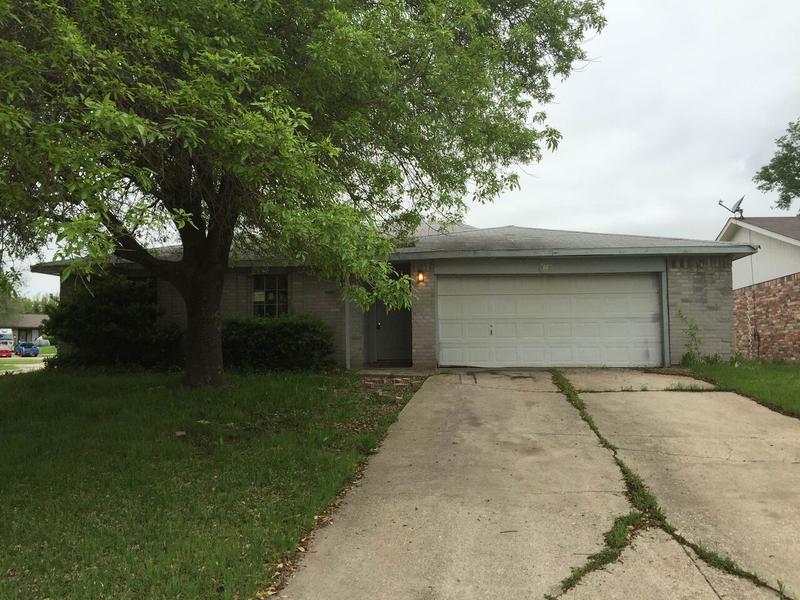Distressed properties are properties that are being sold under distressing circumstances. The circumstances may vary, but one common denominator is that distressed properties typically sell for 30-60% lower than their current market value. In some cases the percentage is even much lower. The bottom line is, distressed properties represent huge profit potential for real estate investors. Here are some tips on how to identify distressed properties.
What Circumstances Create Distressed Properties?
There are lots of different circumstances that can lead to a distressed property. Here are a few of them:
- Financial trouble. A homeowner has lost a job or their income and is unable to keep up with the mortgage payments. They’ve defaulted on their mortgage loan and are getting deeper and deeper into financial trouble.
- Disability. A homeowner has become disabled emotionally or physically and has lost the ability to maintain their house. The property has come into despair.
- Crime. A home has been seized by federal agents for criminal reasons and is now empty.
- Damage. A house has undergone severe damage from a natural disaster such as flood or fire and the homeowner is unable to restore it.
Where Can Distressed Properties be Found
Distressed properties can be found anywhere. You might encounter one distressed house in a row of expensive homes with manicured lawns. You might find a slew of distressed homes encompassing an entire neighborhood. Wherever you live, whether it’s a small town or a big city, there will always be some kind of distressed property.
What to Look For When Seeking Distressed Properties
Here are some common physical signs of distressed properties that you can easily notice just by driving or walking by:
- Sheets on the windows instead of curtains
- Decayed driveway asphalt
- Lights off at night even if people are home
- Broken or cracked windows
- Fencing in disrepair
- Newspapers or flyers piled up on porch or in mailbox
- Fading or peeling paint
- Yards overgrown with weeds
- Yard or front porch piled with junk
- General absence of activity
If you notice any of these signs, chances are it’s a distressed property.
Other Ways to Find Distressed Property
Distressed properties can also be found through other means. Here are some other resources for locating distressed properties:
- Federal auction websites – When the government seizes a property due to criminal activity, they post the property for auction online.
- FSBO websites – Desperate homeowners with distressed properties will sometimes attempt to sell their house by listing it on a “for sale by owner” site.
- Private auction – Local auction houses sometimes auction off local distressed homes on behalf of desperate owners.
- Foreclosure listings – Foreclosures have to be announced in a publication by law. These listings are a good source of distressed properties.
- Bank auctions – When homeowners default on their mortgage, banks seize the property and auction it off themselves.
- Dedicated distressed property websites – There are sites online that can help connect you with a list of distressed properties in your area.
What Conditions Exist in Distressed Properties?
Distressed properties can be in any condition on the inside. They may be in excellent condition, or they may be nearly gutted inside. You might find anything from crumbling fireplace masonry to kitchens where the appliances have been ripped from the walls. You might also find a house that is turn key and ready to move in.
Once you’ve learned these tips for finding distressed properties, you’ll be able to find some on your own. You just have to know where to look.
[x_prompt type=”left” title=”Invest In Yourself” message=”Are you looking to get into real estate investing? Find out how you can make money without having to swing a hammer or put up your own cash.” button_text=”Make Money” button_icon=”dollar” circle=”true” href=”https://simplehousedfw.com/birddogs/”]



